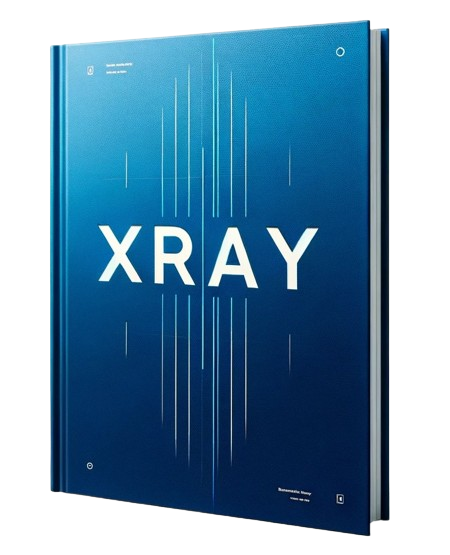LED Safety Standards for Human Exposure
Modern LED lighting systems face competing demands between efficiency, visual comfort, and biological safety. Current installations can achieve luminous efficacies above 150 lm/W, but often with significant blue light content (450-480nm) that may disrupt circadian rhythms and potentially cause retinal stress over prolonged exposure. Field measurements show that poorly designed LED systems can emit up to 30% of their energy in the biologically active blue region.
The fundamental challenge lies in creating white light that maintains high energy efficiency while addressing both the physiological impacts of blue light exposure and the need for excellent color rendering.
This page brings together solutions from recent research—including volumetric phosphor conversion techniques, broad-spectrum blue LED excitation sources, optimized multi-phosphor combinations, and targeted narrow-spectrum approaches. These and other developments focus on delivering lighting that is both energy-efficient and biologically appropriate for human environments.
These patents show how advancements in LED lighting technology prioritize the safety and welfare of people. These innovations highlight how settings may be made healthier and more comfortable, from adopting pathogen-deactivating qualities to better color rendering and eye safety by imitating natural sunshine.
Get Full Report
Access our comprehensive collection of 0 documents related to this technology
